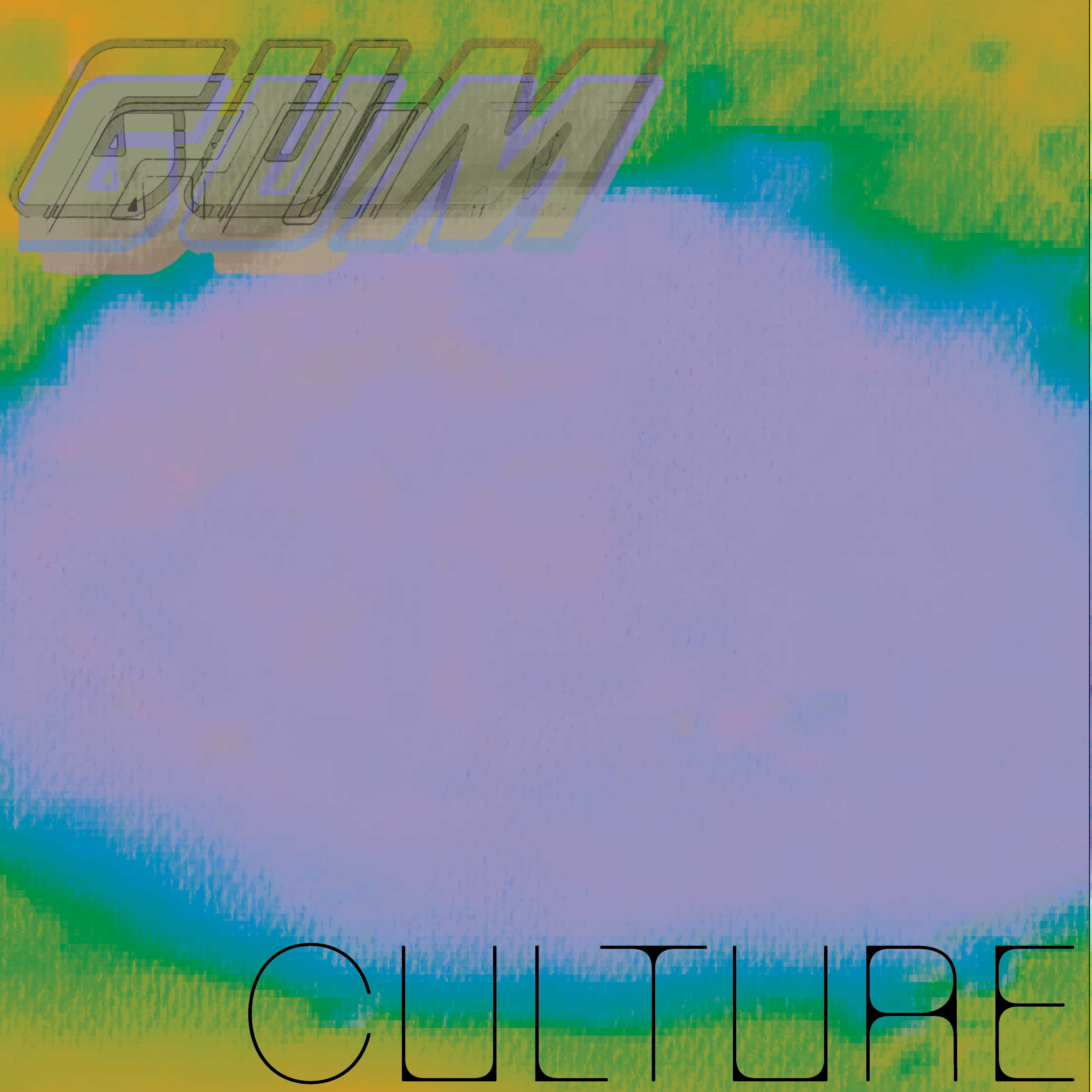Words: Tilly Mason (she / her)
‘We have the same eye colour: poo colour!!!!!’
Two toddlers bound towards me, hazel eyes full of excitement to cross out another square on their bingo sheets. Our icebreaker activity was finding common threads among the individuals, friends, families, and facilitators attending the intergenerational musical craft workshop at Tramway. After completing our bingo sheets, we were tasked with finding another similarity beyond the paper with our fellow participants. ‘Do you like dinosaurs or cows or penguins????’, ‘what do I do in my spare time …i write poems when I’m worried about my children’ were highlights from a number of conversations with both younger and older participants in the session.
The workshop, which was produced as part of Jasleen Kaur’s first major Scottish exhibition, Alter Altar, aimed to ‘bring together people of all ages: children, parents, carers, and elders, to consider what is shared, can be taught, and can be discovered with and between different generations’. As well as responding to the community-building prompts, we built instruments, and performed both individually and as an ensemble with our noisy-makeshift drums, horns, bells, shakers, triangles, whistles and other contraptions.
Suspended from the ceiling of the gallery was a long, thin plane of glass, with objects seemingly thrown on top of it. Looking up, a range of newspaper clippings, images of saints, a football-style scarf with the word LOOOOONGING stitched into it, an Irn-Bru coloured tracksuit with ‘CAN’T DO IT’ printed down the leg, and other dream-like artefacts from Kaur’s childhood stared down at you. Sat around a long table beneath this grand centrepiece, a Persian carpet laid below our feet, we taped together toilet roll tubes, paper plates, small bells, pipe cleaners, twigs, dry beans and other everyday items to create instruments that rattled, chimed and crashed through the space between Kaur’s artworks.
Kaur’s exhibition shares a deeply personal story of belonging, identity and politics within everyday life growing up in a South Asian household in Pollokshields. The objects carefully scattered across the gallery are tangible memories, soaked in childlike mysticism. Family portraits laid under Irn-Bru orange resin hang on the wall, while striking images of the 2021 Kenmure Street protest, which stopped an immigration raid in Pollokshields, emanate up from the floor beneath them.
Kaur violently fuses the personal and political, best encapsulated in the most eye-catching corner of the exhibition. There stands a bright red Ford Escort, trapped under a white, hand-crocheted doily, blaring both South Asian and UK music out of its boot. The car is a replica of Kaur’s dad’s old car, the music curated from memories of family travels, and the doily representing the colonial history of the migration of workers from India to British mills. By covering the car, the doily delicately and silently politicises the piece and its meaning.
Sound draws you from one end of the gallery to the other. At the back of the room, a long, thin table bears various wooden hands holding automated worship bells, which resonate through the space. While most of the sound-making machines were turned off for the workshop, the dinging bells remained: a reminder of the importance of everyday objects in sound and memory making. The bells of the artwork, harmonising with the cacophony of bells being rung by participants throughout the workshop, brought the exhibition to life through its relatability to our activity. By recreating traditional community building activities within the memories and history of Kaur’s exhibition, we revealed the political and cultural significance of our playful, noisy workshop.
Whilst engaging with intergenerational instrument making, the group bonded through shared memories and experiences of sound. Talking with children about their favourite lullabies (my little pony came up a lot), ways of listening (‘blue sounds like thunder, yellow sounds like water!’ one child explained), and sonic favourites (‘i love cow noises!!!!!’), we enacted the engagement with memory, music and everyday life that Kaur invites throughout her exhibition.
To end the workshop, the group paraded around the exhibition, playing our handmade instruments. By physically and aurally claiming the exhibition, we fused both our creative and musical memories and imaginations with Kaur’s work, and melding the nostalgic sounds of the exhibition with the present noise from children and adults partaking in the workshop. Alter Altar’s celebration of vernacular objects and sonic memories showed the significance of everyday playfulness and noise as a form of community building.

